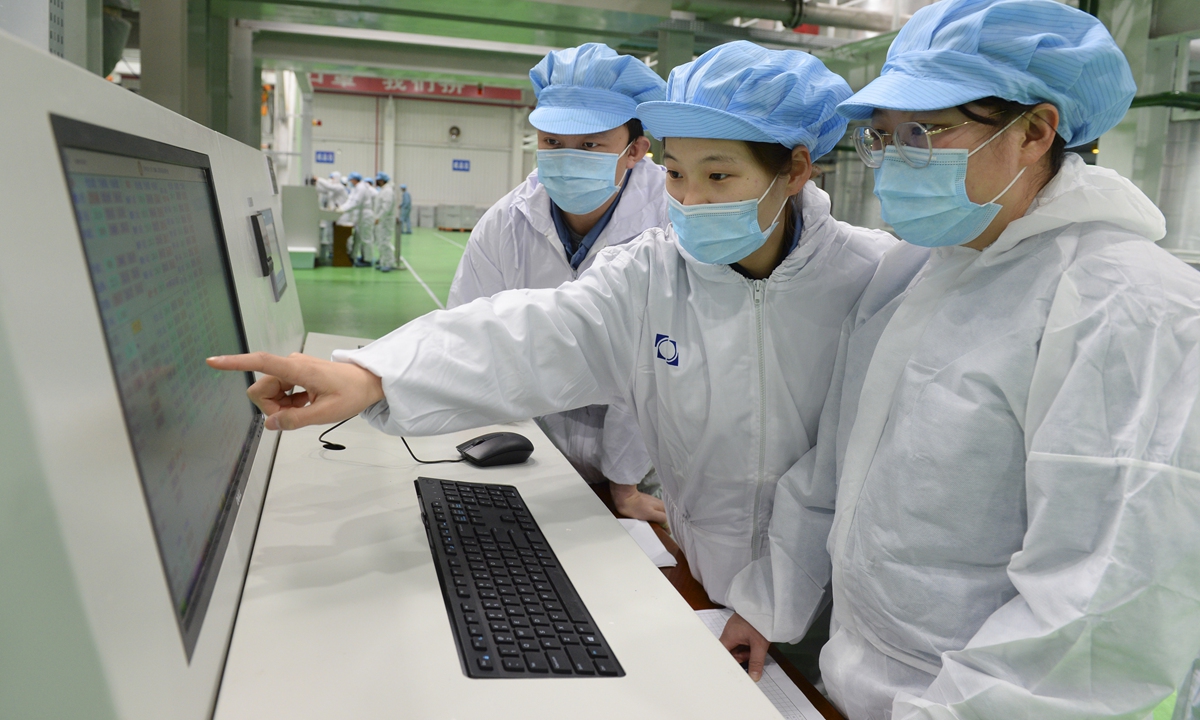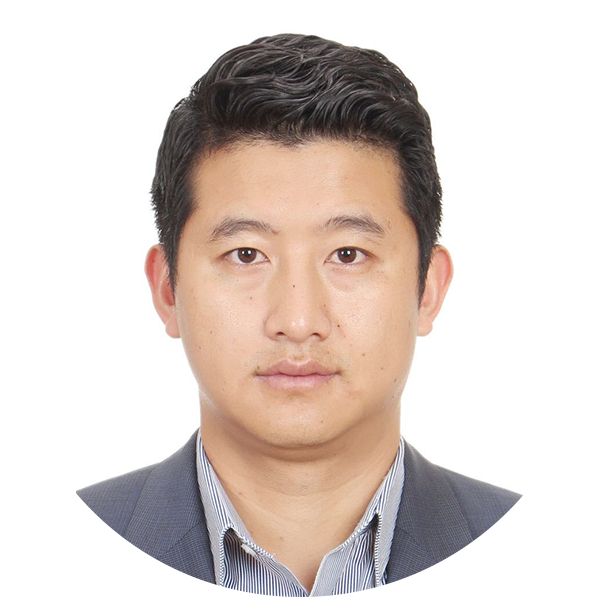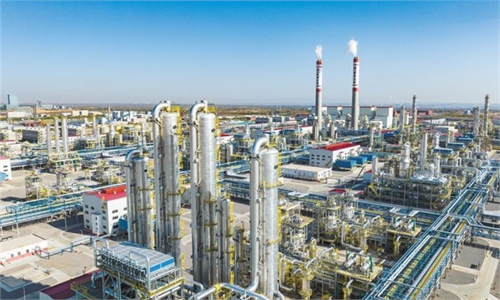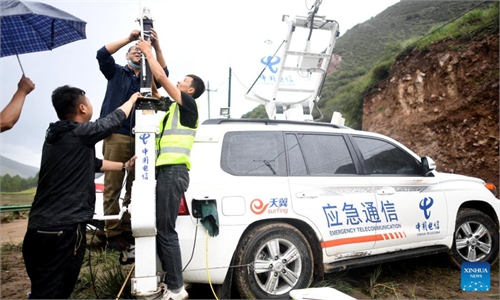
Workers of a centrally administered state-owned enterprise on a non-woven fabric production line Photo: cnsphoto
China's SOEs, particularly centrally administered SOEs, whose combined assets total 81 trillion yuan ($11.76 trillion), play an irreplaceable role as a pillar of the Chinese economy, especially during downturns, and their plans for better performances in 2023 add to growing optimism for a solid recovery in the world's second-largest economy, economists noted.
In 2023, the SASAC and centrally administered SOEs will "actively promote stable growth, stable employment and stable prices, and play a leading role in promoting the overall improvement of economic operation," Zhang Yuzhuo, chairman of the SASAC, told a press conference on Thursday, noting that centrally administered SOEs will strive for profit growth that's faster than the country's GDP growth.
In 2022, total revenue for centrally administered SOEs surged 9.1 percent year-on-year to 39.6 trillion yuan, while their profit grew by 6.2 percent to 2.6 trillion yuan, according to SASAC.
The growth pace for profit was significantly faster than China's 3 percent GDP growth in 2022. China's GDP is widely expected to grow above 5 percent in 2023, which means that central SOEs will likely maintain a steady growth in profits, providing more impetus to the economic recovery this year, economists noted.
"SOEs at large and central SOEs in particular are a pillar of the national economy in countercyclical adjustments, namely economic downturns. They could help prevent the economy from falling into a recession," Tian Yun, an independent macro-economy analyst, told the Global Times on Thursday.
Such a crucial role was on vivid display during the fourth quarter of 2022, when China's GDP growth fell to 2.9 percent. "Many were shocked and even skeptical about the 2.9 percent growth because both consumption and exports were down. However, investment by SOEs helped lift economic growth," Tian said.
SOEs also played a major role in the country's efforts to secure the livelihoods of 1.4 billion Chinese in 2022, a year marked by supply chain disruptions and other challenges. For instance, amid surging global energy prices, central SOEs stepped up domestic supply and lower prices despite rising import costs to ensure stable supply and prices, Zhao Shitang, vice chairman of the SASAC, said.
"SOEs are mostly involved in critical sectors that are directly related to the country's economic security and livelihood; their unique role in the national economic system is irreplaceable," Cao Heping, an economist at Peking University, told the Global Times on Thursday.
As of the end of 2022, the proportion of central SOEs' layout in critical areas related to national security, the economy and people's livelihoods exceeded 70 percent, according to official data.
In carrying out macro-economic policies and major national development strategies, the SOEs also play a leading role that could help guide broader market forces to focus on areas of national importance, Cao said. "In some massive fields, when SOEs take the lead, the private sector also tends to follow," he said.
For instance, in China's efforts to achieve technological self-reliance, SOEs are playing the leading role as they are pouring huge amounts of money into various aspects, including basic research and talent training, according to analysts.
In 2022, total research and development (R&D) expenditure by central SOEs exceeded 1 trillion yuan for the first time, and central SOEs have built more than 760 national R&D platforms and 91 national key laboratories, data showed. Central SOEs also have a total of 1.045 million professional researchers, accounting for one-fifth of the national number.
In areas such as basic research, where a huge amount of capital is needed, the country relies heavily on SOEs to take the lead, Tian said, adding that while private firms are also stepping up investment in R&D, SOEs remain "at the core of the national efforts."
Given their critical role in China's economy, SOEs are also facing a tough task of transforming themselves into modern, highly efficient corporations, while keeping intact their unique status in the Chinese economy. SOEs recently went through a three-year reform, during which seven central SOEs and 347 provincial SOEs underwent restructuring.
Going forward, SOE reforms will continue, with a focus on three areas: optimizing their structures to better serve national strategies, improving their corporate governance to realize market-oriented operations, and improving technological capabilities, Weng Jieming, vice chairman of the SASAC, told the press conference on Thursday.
In an article published earlier this month, economists at the IMF said that reforms such as overhauling state-owned enterprises to close their productivity gap with private firms would significantly help to boost growth in coming years.



